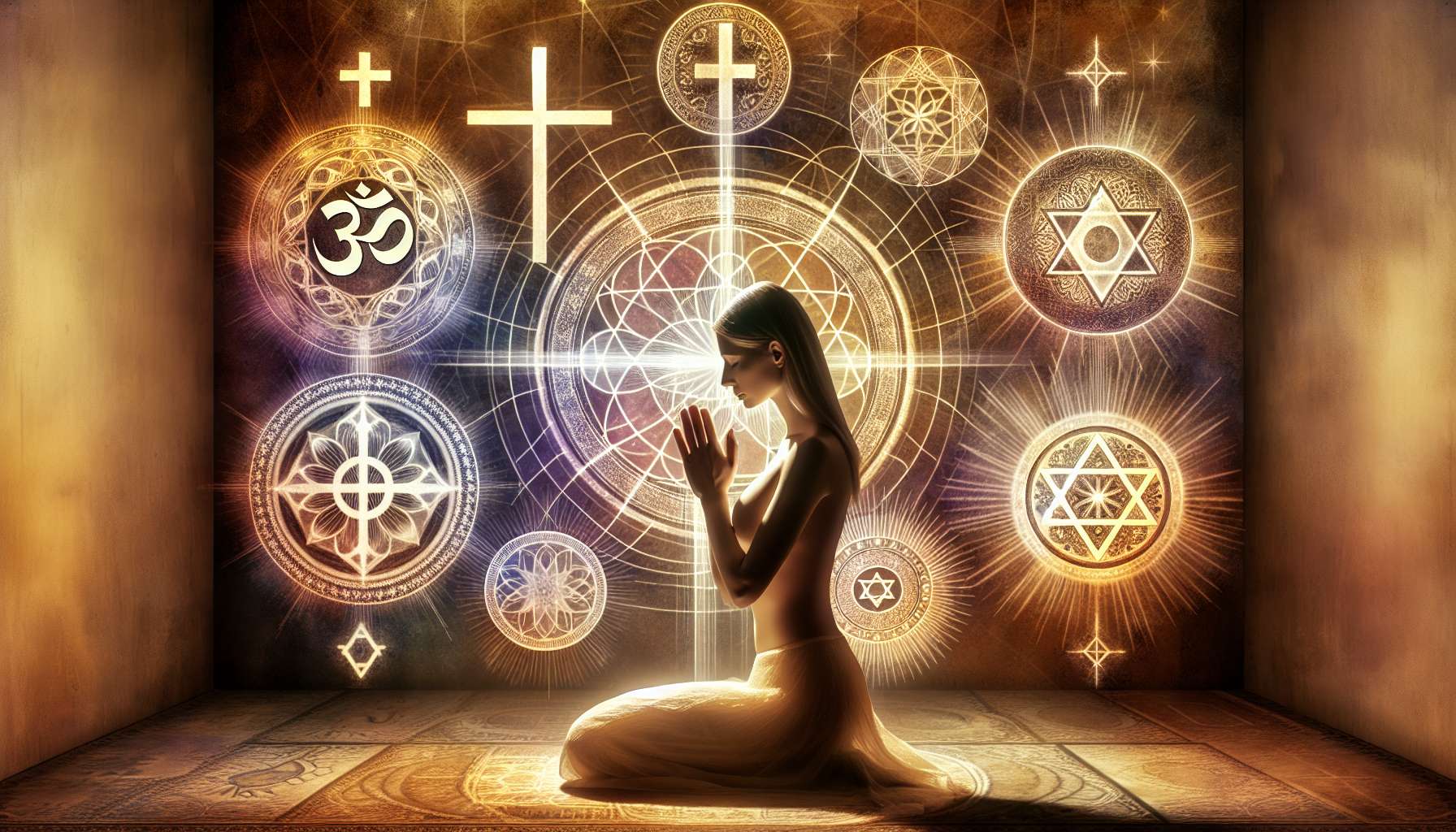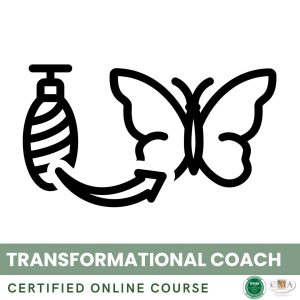Prayer and invocations are universal spiritual practices that aim to establish a direct and intimate connection with the Divine. Present in all religious and mystical traditions, they are a powerful way to open one’s heart, express deep aspirations, and connect with a source of guidance and grace.
Beyond the words spoken, prayer is foremost an orientation of our whole being towards the sacred. It invites us to turn inward, to listen to our soul, and to engage in honest dialogue with the spiritual dimension of existence. Whether we address a personal God, a universal energy, or our inner wisdom, prayer is an act of faith, humility, and surrender.
Mother Teresa, who dedicated her life to serving the poor, said, “Prayer enlarges the heart until it is capable of containing God’s gift to itself.”
There are many forms of prayer, each with its own flavor and function. Prayers of praise and gratitude allow us to celebrate the beauty and goodness of Creation, recognize blessings in our life, and cultivate a sense of wonder and appreciation. Prayers of request invite us to express our needs and aspirations, not in a spirit of bargaining, but in trust that the Universe conspires for our greatest good. Prayers of forgiveness and healing help us to free ourselves from emotional burdens, reconcile with our past, and restore our inner integrity.
In the Hindu tradition, the Mahamrityunjaya Mantra is a powerful prayer for healing and protection: “Om Tryambakam Yajamahe Sugandhim Pushti-Vardhanam Urvarukamiva Bandhanan Mrityormukshiya Mamritat”. It invokes the grace of Shiva to free us from suffering and the fear of death.
At the heart of many spiritual traditions, we also find the practice of invocations and mantras. These are sacred formulas, often in ancient languages such as Sanskrit or Hebrew, which are recited repetitively to awaken specific states of consciousness. Mantras act as vibratory keys that align us with different divine qualities and open us to inner spaces of peace, clarity, and bliss.
The Tibetan mantra “Om Mani Padme Hum” is one of the best known. It invokes the compassion and wisdom of Chenrezig, the bodhisattva of compassion, and is recited by practitioners to cultivate loving kindness and heart awakening.
More than a mere mechanical recitation, the repetition of a mantra or prayer is a form of dynamic meditation. By focusing our attention on the words and their meaning, letting them resonate in our body and mind, we create a state of harmony and receptivity. Gradually, the mantra permeates our whole being and attunes us to its subtle vibration.
In the Sufi tradition, dhikr is the practice of Remembrance of God through the repetition of His names. Sufis tirelessly recite phrases like “La ilaha illallah” (There is no god but God) or “Allah Hu” (God is) to merge into the divine Presence and realize the oneness of all existence.
Beyond established forms, prayer can also be a spontaneous and personal expression of our heart. Whether it takes the form of a silent surge, an ecstatic dance, or an improvised song, the essential is the sincerity and intensity of our commitment. When we pray with our whole being, setting aside our ego and expectations, we create a sacred space where grace can unfurl.
Saint Francis of Assisi, in his famous prayer, exclaimed, “Lord, make me an instrument of Your peace. Where there is hatred, let me sow love. Where there is offense, let me bring forgiveness. Where there is discord, let me bring union.” This prayer is a call to embody the highest spiritual values in our everyday life.
Thus, prayer and invocations are powerful tools for inner transformation and connection to the Divine. By integrating them into our spiritual practice, letting them infuse our heart and mind, we open to guidance, healing, and grace. Whether we follow traditional forms or find our own words, the essential is to cultivate a live and sincere relationship with the sacred dimension of existence. For it is in this intimate encounter that the greatest mysteries and the most beautiful promises of spiritual life are revealed.
Key points:
– Prayer and invocations are universal spiritual practices aiming to establish a connection with the Divine. They are present in all religious and mystical traditions.
– Prayer is an orientation of our entire being towards the sacred, an act of faith, humility, and surrender. It invites us to engage in sincere dialogue with the spiritual dimension of existence.
– There are different forms of prayers: praise, gratitude, request, forgiveness, and healing. Each has its specific function to celebrate Creation, express our aspirations, free ourselves from emotional burdens, and restore our inner integrity.
– Invocations and mantras are sacred formulas recited repetitively to awaken specific states of consciousness and align us with different divine qualities.
– The repetition of a mantra or prayer is a form of dynamic meditation that focuses our attention, creates a state of harmony and receptivity, and attunes us to a subtle vibration.
– Prayer can also be a spontaneous and personal expression of our heart. The essential is the sincerity and intensity of our commitment, setting aside our ego and expectations.
– By integrating prayer and invocations into our spiritual practice, we open to guidance, healing, and grace, cultivating a live and sincere relationship with the sacred dimension of existence.
👉 To download docx (Editable) file click here : Click here
👉 To download PDF file click here : Click here
👉 To download MP3 file click here : Click here







